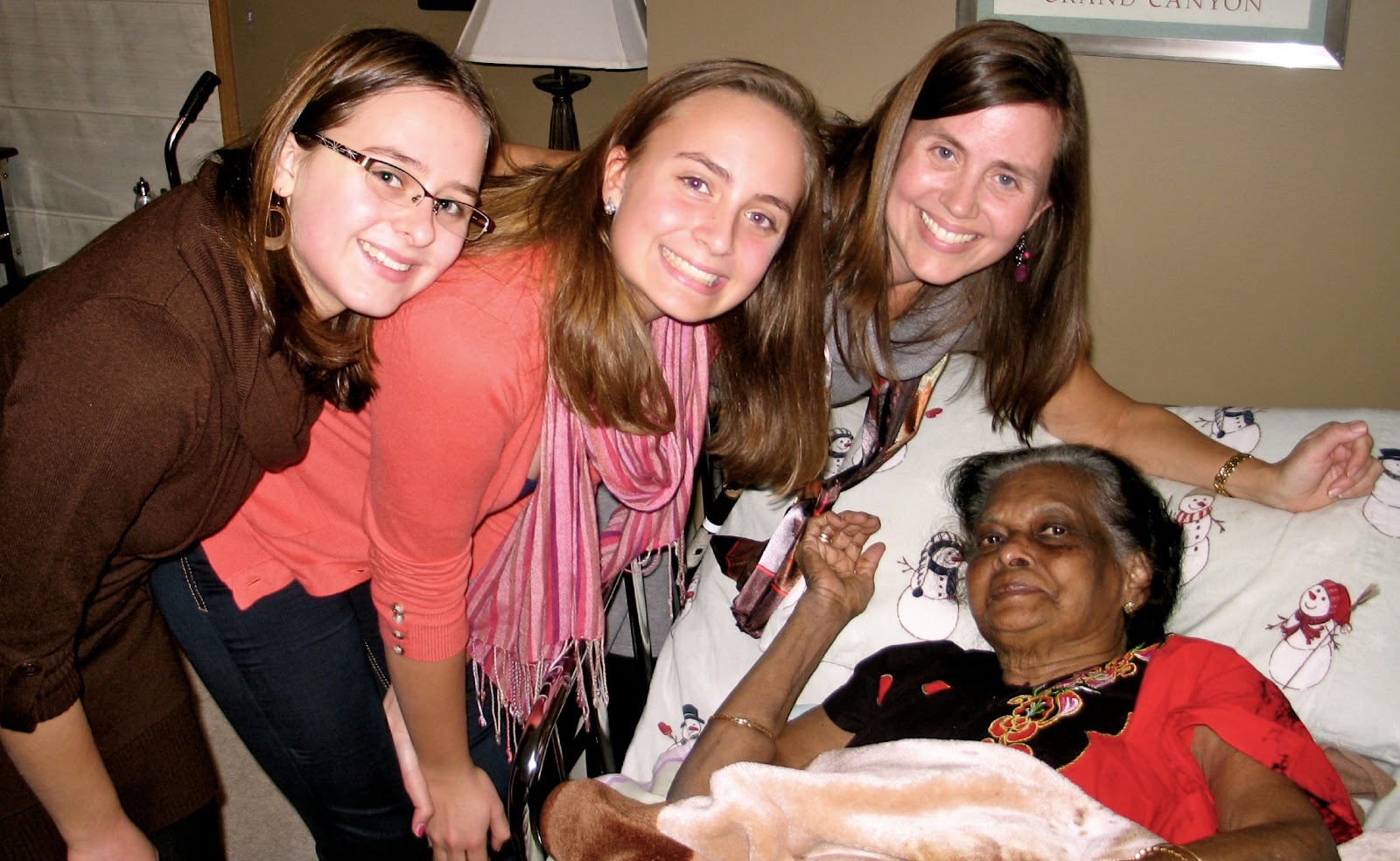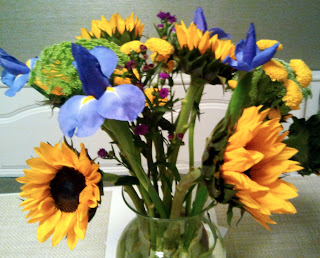Feb 24, 2014 | Adams, Lisa, Breast Cancer, CaringBridge, Kellers, Bill, Kellers, Emma, Trauma, Uncategorized
I have stage IV breast cancer and I blog about it. But I’m not the only one—with the disease or with a blog. Lisa Adams, metastatic breast cancer patient and blogger with a national profile, recently became a touchstone for national debate about the use of social media in publicly chronicling a serious illness. In early January, two journalists, one at the New York Times and one at the Guardian, wrote pieces critical of some of Adams’ treatment choices as well as the way she lets readers into her life with cancer via blogs and tweets. Outrage over Bill and Emma Kellers’ pieces (who happen to be married) was swift and fierce, not just for the critical questions they raise about Adams’ choices but for inaccuracies in important details (like getting the number of Adams’ children wrong, or how long she’d been living with metastatic breast cancer) and in including quotes from private correspondence with Adams without permission, prompting the newspapers’ opinion editors to publish pieces alternately apologizing for and defending the journalists (if you want to read more, here’s one place to start: The Guardian website).
Perhaps the most controversial aspect of Bill Keller’s “Heroic Measures” column is his not-so-subtle suggestion that Adams should consider going more quietly into that dark night rather than aggressively treating the metastasizing cancer. In weighing the alternatives, he contrasts the treatment regiment of Adams to his own father-in-law’s “unplugged” death from cancer in Britain last year. Here Keller is wading into much-larger debates about not just how the U.S. apportions its medical dollars but how and when those of us with advanced-stage cancer (and other really bad conditions) should embrace the inevitability of death. I’m keenly aware of these debates, as they often play out in my own head. When I learn “my” cancer has metastasized from the bones to the liver or the lungs, how much aggressive treatment will I opt for? How are we supposed to decide when enough’s enough?
(more…)
Feb 13, 2014 | Beckett, Samuel, Breast Cancer, Dying, Grace, Kalanithi, Paul, Live Like We're Dying, Uncategorized
When I was diagnosed with stage IV cancer, I started preparing to die. Granted, we should all “live like we’re dying” as singer Kris Allen reminds us, but an aggressive diagnosis ups the urgency on doing just that. I went back to teaching even though I could barely stand up because I wanted to be in the classroom one last time. I stopped buying new clothes because I didn’t think I’d have much time to wear them. I insisted on a summer vacation even though my stamina was shaky because I thought that would be the last one I’d take with the family. My husband and I secured burial plots. There didn’t seem to be much time, and I was intentional in my preparations for the end.
Then I went into remission. Having already resigned from my life, I gradually let myself believe that there could be another semester in the classroom, that if I bought new clothes I’d have some time to wear them, that I might get to experience another family vacation. What an amazing turn of events. Thank God, thank the doctors, thank the world for allowing me more time.
(more…)
Jul 1, 2013 | Amma, Dying, Funeral, Peterson, Linnea, Uncategorized

Last summer, when Amma was diagnosed with advanced stage lung cancer, my elder daughter wrote this tribute:
First there were butterfly crackers and squares of cheese at the kitchen table. Amma spoke Tamil and I didn’t understand, but I knew she got out the crackers and that she cut the squares of cheddar for me. I liked adults who did this. I was four, and I liked Amma.
Next there were nightgowns at Christmas – beautiful and lacy – fresh off Amma’s sewing machine. “Thank you,” I said when my parents nudged me, and I hugged her, feeling her stiff, silky sari under my little hands. It was so unlike what my mother and aunts wore, but it felt right on her, because she was Amma.
Later, there were dresses and stockings, sewn and knitted, even as I started to notice Amma’s bony brown hands and wondered, Should they still be sewing?
(more…)
Mar 5, 2013 | Breast Cancer, Christianity, Easter, February, Flowers, Grace, Lent, March, Uncategorized
 I’ve never been a fan of February. In February in Minnesota, winter shows no signs of letting up. The few years I lived in Nashville I was shocked when spring started to stir in February. In Minnesota in February, spring is still years away.
I’ve never been a fan of February. In February in Minnesota, winter shows no signs of letting up. The few years I lived in Nashville I was shocked when spring started to stir in February. In Minnesota in February, spring is still years away.
On top of the arctic weather, February ushers in the Christian season of Lent, which as a theologian I strongly approve of. Theoretically. It’s important to pare down, do without, take stock of our sin, and reflect on the suffering of Jesus. But practically speaking, it’s the downer season of the church year. o when Lent comes in the middle of a Minnesota February, I dream of practicing another faith in another state.
The first February after I was diagnosed with stage IV cancer, Ash Wednesday arrived and I couldn’t muster up the courage to go to church. The thought of one of our pastors making the sign of the cross on my forehead and saying, “You are dust and to dust you shall return,” was more than I could handle. Two of my vertebrae had already turned to ashes and I feared the rest of me wasn’t far behind. I needed no additional reminder that death was near.
That February—a good two months after getting the diagnosis—was also the time when the seriousness of my condition began to sink in. It was in February I realized that eighty percent of people who have this type of cancer are dead in five years. It was in February when I entered the classroom again and learned I was too weak to stand up and teach at the same time. It was in February that the cancer-winter-Lent triple threat became almost more than I could bear.
(more…)
Jan 22, 2013 | Funeral, Grief, Judaism, Tamar, Uncategorized
In my last blog post on “Rejoicing While Others Mourn,” I reflected on the rejoicing we did as a family at the end of 2012, knowing that at the same time, there was much mourning by families in so many other places in the world. Shortly after I wrote those words, a time to mourn was thrust into our midst with the sudden death of our 20-year-old neighbor as she finished up her semester of studying abroad in South America.
As I spent much of the week at the Kaplan’s, helping plan a service that we hoped would be a fitting tribute to Tamar’s too-short life, the impossibility of such a task was an ever-present reality. How could a 90-minute service possibly capture the essence of Tamar? Of course, the question itself was an excruciating one—one that should not have to be asked by parents and siblings of a bright-eyed young woman with her whole life ahead of her. Yet there we were, compiling pictures, stories, readings, and music, all in an attempt to capture the rich life she lived.
(more…)
Jan 7, 2013 | Ecclesiastes, Grief, Husband, Joy, Lewis, C.S., Mourning, Rejoicing, Revelation, Sandy Hook Shooting, Shadowlands, Uncategorized
Rejoicing while Others Mourn
This holiday season our nation experienced a jarring juxtaposition I’ve become
more attuned to since living with cancer: the occasion when heartbreak collides
with celebration. The mid-December massacre at Sandy Hook Elementary School
injected shock and grief into a time when tidings of great joy are supposed to rule
the day. How does one rejoice in the midst of others’ anguish?
I admit that more than once during our family celebrations of the past few weeks,
my thoughts gravitated to the stark contrast between my family’s days of laughter
and joy and the families in Newtown crying their way through the holidays, knowing
that their precious little ones would never see another holiday, another new year,
another day of school. There were moments where it felt almost dishonorable to be
rejoicing, knowing so many others—both in Newtown and beyond—were buried in
sadness.
(more…)


 I’ve never been a fan of February. In February in Minnesota, winter shows no signs of letting up. The few years I lived in Nashville I was shocked when spring started to stir in February. In Minnesota in February, spring is still years away.
I’ve never been a fan of February. In February in Minnesota, winter shows no signs of letting up. The few years I lived in Nashville I was shocked when spring started to stir in February. In Minnesota in February, spring is still years away.
You must be logged in to post a comment.